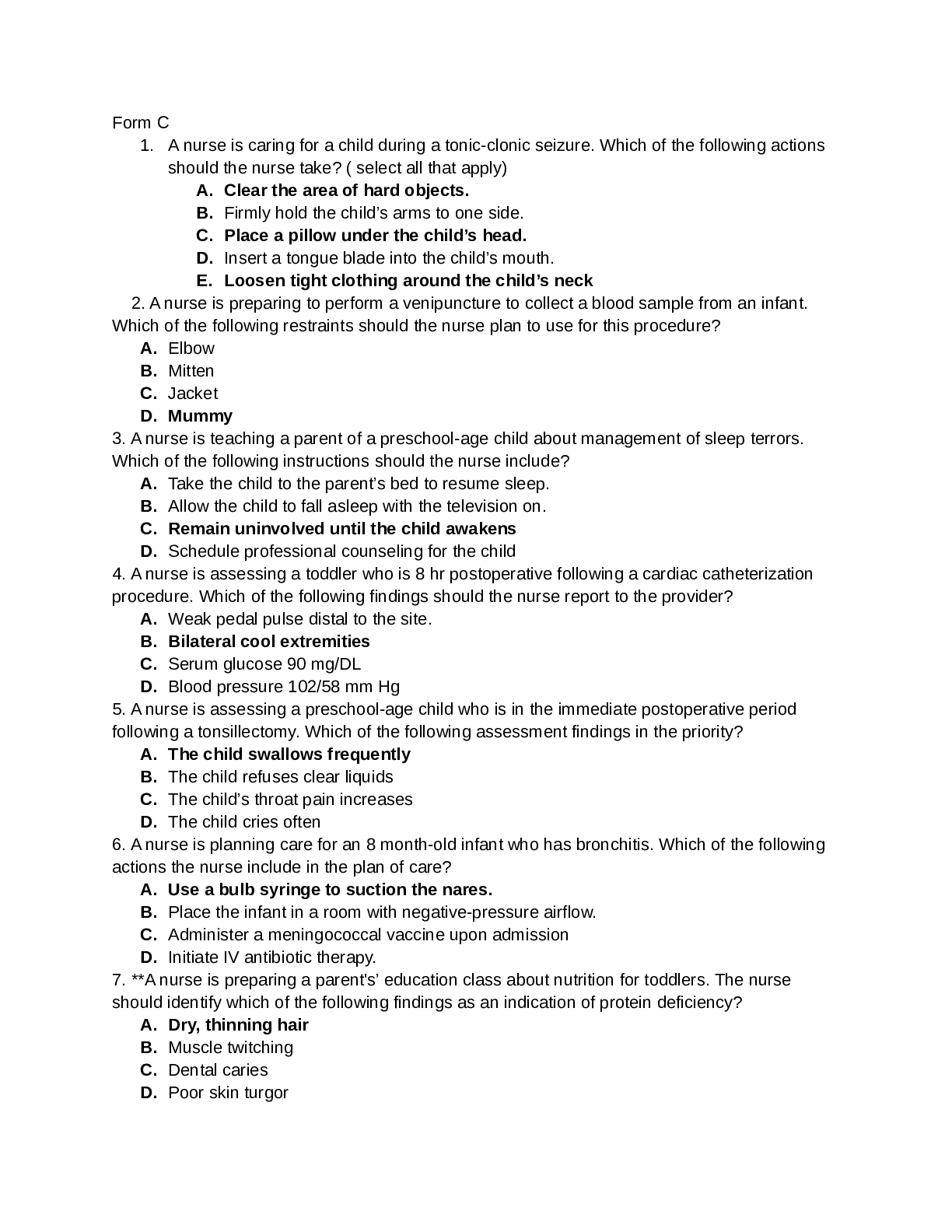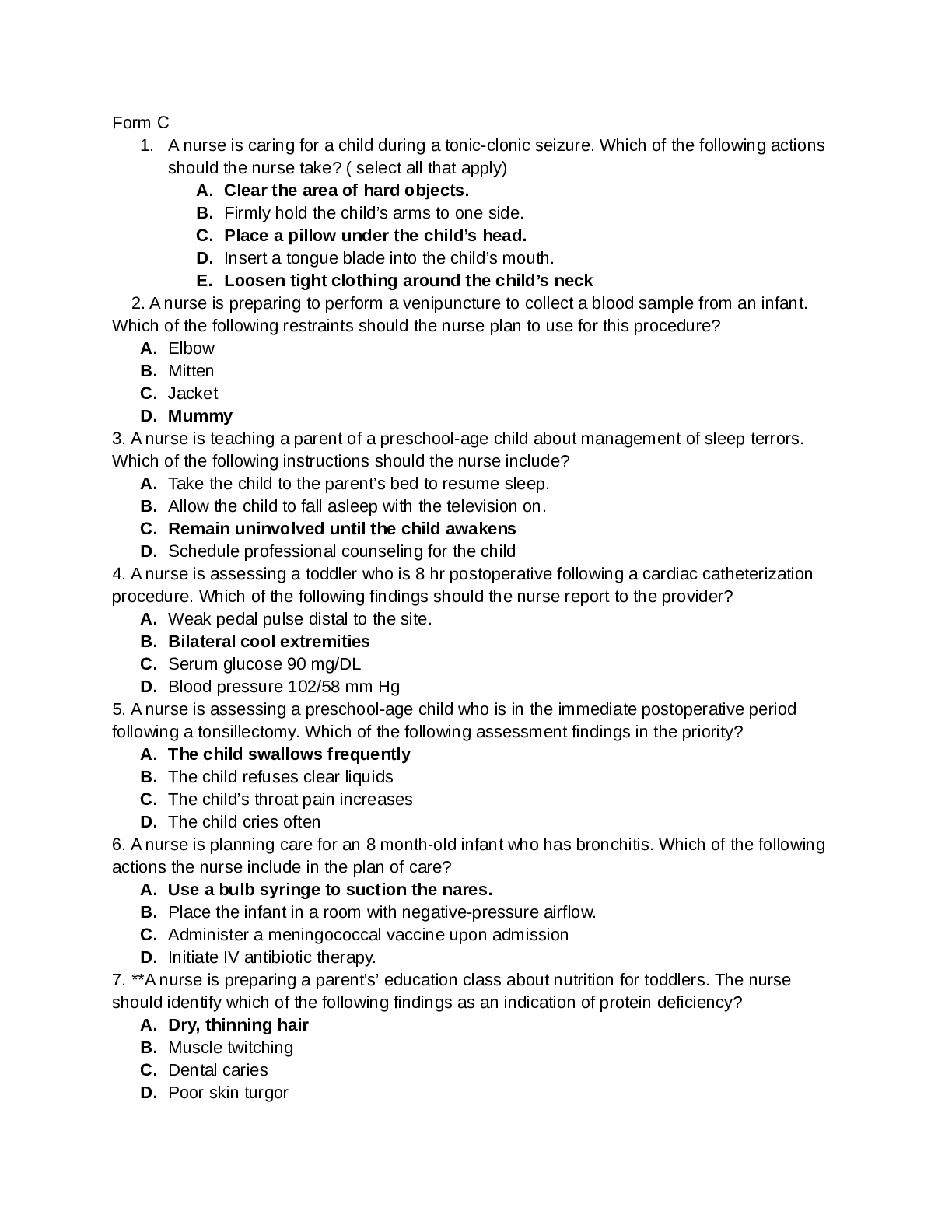PEASD-ATI-FORM C
Course
Project Management
Subject
Chemistry
Category
Questions and Answers
Pages
13
Uploaded By
ATIPROS
Preview 4 out of 13 Pages


Download all 13 pages for $ 9.95
Reviews (0)
$9.95
